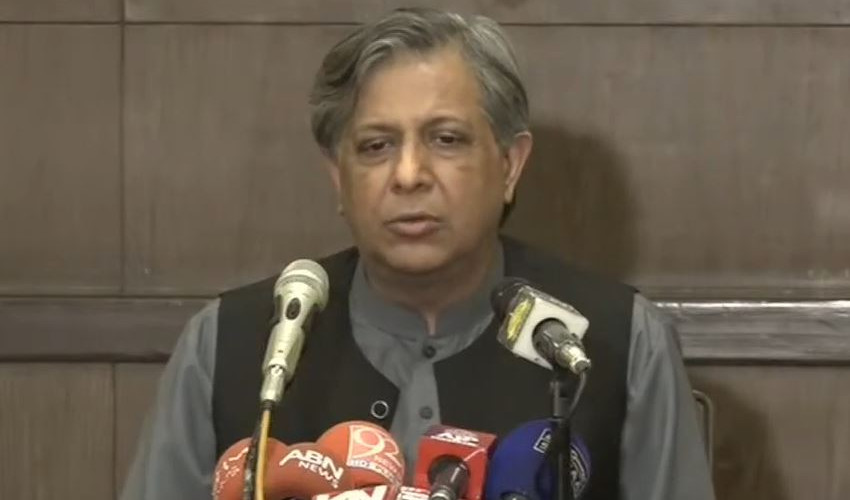US oil prices surged by nearly $1 per barrel on Thursday, reaching their highest level in over a year. This price increase has been driven by a significant decline in crude oil inventories in the United States, further amplifying concerns about global supply shortages resulting from OPEC+ production cuts led by Saudi Arabia.
US West Texas Intermediate (WTI) crude futures saw the most substantial gains, surpassing the $95 per barrel mark for the first time since August of the previous year. At the time of reporting, WTI was trading at $94.60 per barrel, marking a 1% increase of 92 cents.
Brent crude futures also climbed, rising by 77 cents, or 0.8%, to reach $97.32 per barrel, levels not seen since November.
Government data revealed that US crude inventories experienced a significant drop of 2.2 million barrels in the past week, falling to 416.3 million barrels. This decrease far exceeded the expectations of analysts, who had anticipated a drop of 320,000 barrels in a Reuters poll.
Furthermore, crude stocks at the Cushing storage hub in Oklahoma, a crucial delivery point for US crude futures, decreased by 943,000 barrels during the week, reaching just under 22 million barrels. This represents the lowest level since July 2022, raising concerns about the quality of the remaining oil at the hub and the possibility of falling below minimum operating levels.
These declines in stockpiles come in the wake of production cuts totalling 1.3 million barrels per day by Saudi Arabia and Russia of the Organization of the Petroleum Exporting Countries (OPEC) and its allies, collectively known as OPEC+. The group is scheduled to meet on October 4 to review market conditions.
Analysts at the National Australia Bank anticipate that as oil prices continue to rise in the short term, a reduction in the current supply cuts is increasingly likely. Grasso also suggested that Saudi Arabia may be willing to accept higher prices, but not lower ones, making it sensible for them to cut production by 10% to achieve a 30% price increase.
In response to rising fuel prices, President Vladimir Putin ordered the Russian government to ensure the stability of retail fuel prices, which had surged due to increased exports. In line with this directive, the deputy prime minister mentioned proposals to restrict the exports of oil products intended for domestic consumption, further contributing to the tightness in the market.


























